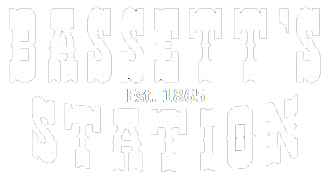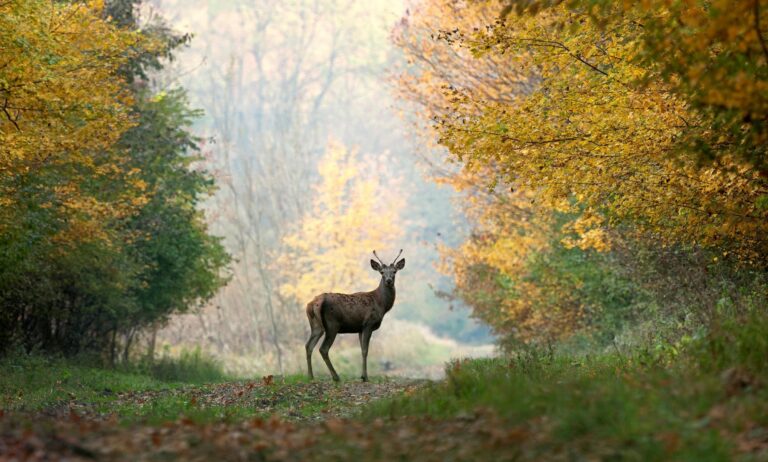The history, the scenery, the prospect of finding gold – there are many reasons to try out this fun pastime – and it doesn’t require a huge investment to get started. Find out why gold panning in the Lakes Basin area is so popular. It may look easy, but it takes some practice to get a good “slurry”. However, be forewarned – if you do indeed end up with gold in your pan, you might get hooked. They don’t call it “gold fever” for nothin’. 🙂
NOTE: You aren’t required to get a permit to pan for gold. Gold panning is considered a “rock hounding” activity. However, gold panning is not allowed on CDFW owned land. It is your responsibility to determine whether you are on private land or a mining claim. Please be respectful of claim markers.
Equipment List
Recreational gold recovery is a lot of fun. If you don’t have a gold pan, check with us. We carry gold pans and gold panning starter kits at Bassett’s Store. Here’s a quick list of items to get you started on your panning adventure.
- Black or green plastic pan
- Tweezers
- Small glass vial with lid
- Shovel or other small digging tool
- Fill your pan about 3/4 full of gravel – picking out the larger rocks.
- Place it under the water and shake it back and forth. The goal is make a “slurry”, loosen the gold from the dirt and allow it to sink to the bottom of the pan.
- Start swirling the pan with clean water to get the dirt out. Add a little more water as you lose dirty water from the pan. Be careful to keep the gravel in the pan.
- Now with the pan tilted slightly away from you and dipped in the water, slowly wash out the lighter gravel from the pan.
- After a few swirls, level out the pan and shake it gently back and forth. This will help the gold sink to the bottom of the pan.
- Repeat this process until there is only about a cup of sand in your pan.
- Now the fun part! Put about an inch of water in the pan and slowly swirl it around looking for nuggets. If you find any, use your tweezers to put it in the glass vial.
- Repeat the process until you can retire to the Bahamas.
Explore more
Sierra and Nevada counties both have extensive mining histories and state historic parks. If you’re interested in learning more check out these sites. Some of them offer free gold panning lessons!
- Kentucky Mine Historic Park – 5 miles from Bassett’s in Sierra City, CA you’ll have an opportunity to learn more about hard rock mining and see a stamp mill up close. The mine is also home to the protected Townsend Big-Eared Bat.
- The Underground Gold Miners Museum – located in Alleghany, CA is open by appointment only or during special events.
- Malakoff Diggins State Historic Park – located outside of Nevada City, CA was the country’s largest hydraulic gold mining operation. In the middle of the park is the ghost town of North Bloomfield. It includes over 20 miles of scenic trails.
- Empire Mine State Historic Park – located in Grass Valley, CA this mine is a photographers dream. It also has miles of wonderful hiking trails. It’s about an hour and a half from Bassett’s but well worth the drive.
- North Star Mining Museum – a Nevada County gem with a great walking trail.


Resources
Interested in learning more? Check out these resources:
- Comstock Gold Prospectors – Located in Reno, Nevada this is a non-profit club with the “primary goal to educate the public on the various methods of recreational prospecting and looking for GOLD without disrupting the balance of nature”. Check out the Resource Links on their webpage.
- Bureau of Land Management – before venturing out into unknown territory to look for gold, make sure you’re not on a private gold claim.
- The Diggins – a website that lists millions of mining claims.
- Gold Prospectors Association of America – membership gives you access to the Pick & Shovel Gazzette.






